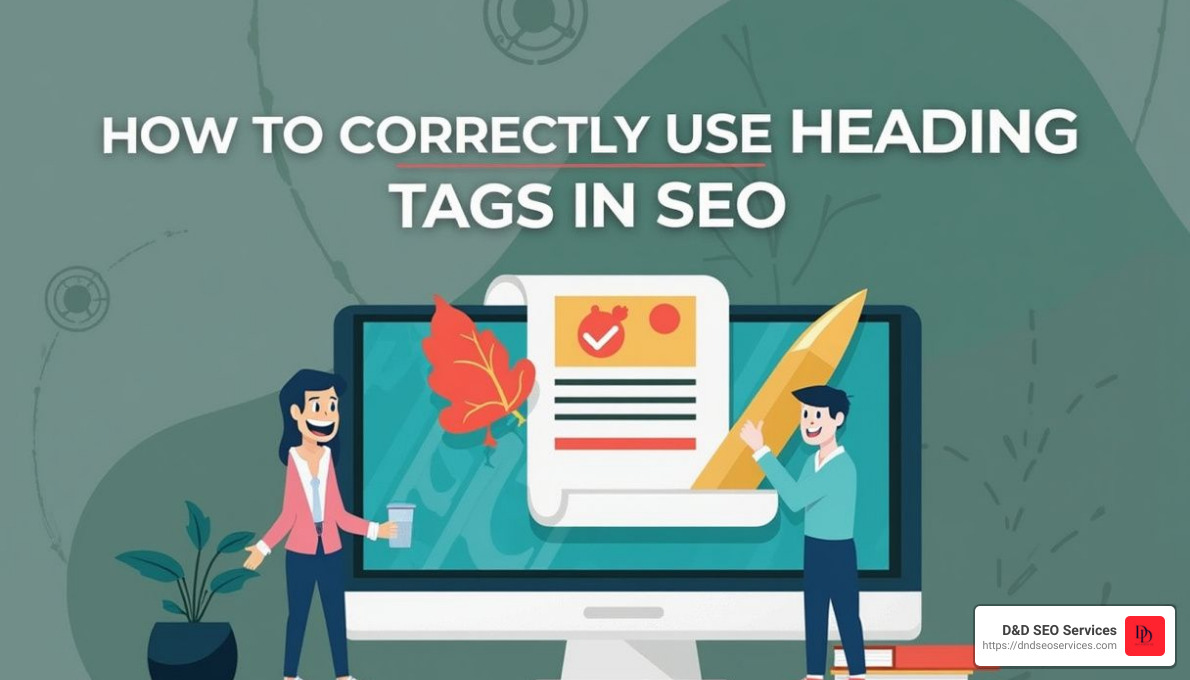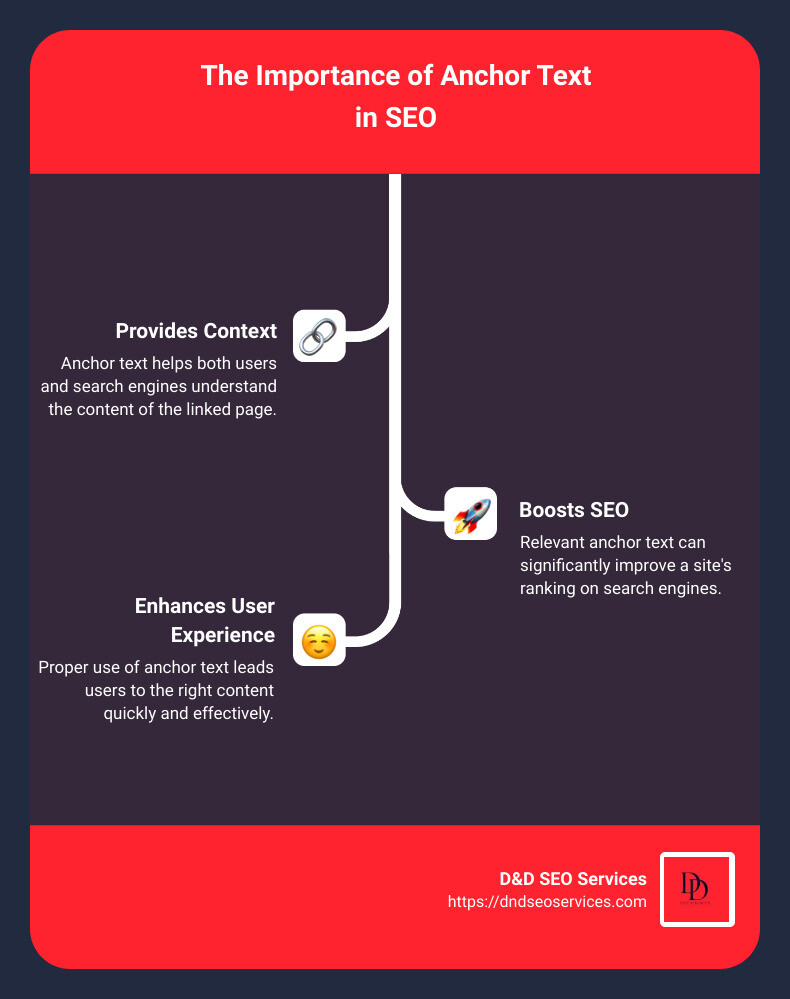Is Duplicate Content For SEO Good or Bad?
Is Duplicate Content For SEO Good or Bad? The short answer: generally, it’s bad, but context matters. Here’s a quick breakdown:
Negative Effects:
- Missed Rankings: Google may rank the wrong page.
- Poor User Experience (UX): Users might land on outdated or non-optimized pages.
- Self-Competition: Your content competes against itself, dividing traffic.
While Google does not penalize sites solely for duplicate content, it can still negatively impact your SEO by reducing organic traffic and confusing search engines about which page to rank.
It’s a common dilemma for many businesses: accidental duplicate content sneaking onto their websites and affecting critical search engine rankings. Google’s algorithms are designed to prioritize unique content, so when similar pages are detected, it muddles which version to show, potentially lowering your page’s visibility.
Duplicate content impacts your SEO by diverting traffic, diminishing authority, and wasting your crawl budget.
To effectively steer this issue, clear and strategic actions are required. In this guide, we’ll cover everything you need to know about duplicate content and how to address it to boost your search performance.
I’m Danielle Birriel, Founder and CEO of D&D SEO Services. With over a decade of experience in helping businesses like yours tackle complex SEO challenges, I understand how critical it is to manage duplicate content. Let’s explore the details to ensure your website gets the visibility it deserves.
Important Is Duplicate Content For SEO Good or Bad? terms:
- Semantic SEO: Complete Guide to Rank Higher on Search Results
- Understanding and Leveraging Latent Semantic Indexing (LSI) Keywords
- What Are People Really Searching For? Insights Into User Behavior & SEO
What Is Duplicate Content?
Types of Duplicate Content
Duplicate content refers to blocks of text that appear in more than one place online. It can confuse search engines and hurt your SEO. Let’s break down the different types of duplicate content to understand the issue better.
Identical Content
Identical content is when the same text appears word-for-word on multiple pages. For example, if you have the same product description on two different URLs, that’s considered identical content.
Imagine you have the following URLs:
https://www.gardeningwebsite.com/gardening/planting-flowershttps://www.gardeningwebsite.com/flowers/planting-flowers
If both URLs display the exact same content, they are identical.
Similar Content
Similar content doesn’t have to be an exact match to be problematic. If the wording, structure, and format are noticeably alike and offer little to no new information, it can still be considered duplicate content.
For example, a website might have two pages titled “Best Gardening Tips” and “Top Gardening Advice.” If both pages share most of the same text with minor tweaks, they are essentially duplicates.
Cross-Domain Duplication
Cross-domain duplication happens when the same content appears on different websites. This can occur when content is copied and republished without proper attribution. For instance, if another gardening website copies your “Best Gardening Tips” article and posts it on their site, both sites now have duplicate content.
Same Domain Duplication
Same domain duplication occurs within a single website. This is common with e-commerce sites that have multiple URLs for the same product. For example, you might have different URLs for the same product due to sorting parameters or session IDs.
Content Syndication
Content syndication is when another website republishes your content with your permission. While it can increase your content’s visibility, it must be done carefully to avoid duplicate content issues. Using canonical tags or “no-index” tags can help manage this.
Understanding these types of duplicate content and how they impact your SEO is crucial. Next, we’ll dive into how duplicate content affects your search engine rankings and what you can do to mitigate these issues.
Is Duplicate Content For SEO Good or Bad?
How Duplicate Content Affects SEO
Duplicate content can seriously mess with your SEO. Google doesn’t like it, and it can hurt your rankings. Here’s how duplicate content can impact your SEO:
Negative Impact on Google Ranking
Google wants to show the best and most relevant results to users. When it sees duplicate content, it gets confused about which page to rank. This confusion can lead to lower rankings for all the duplicate pages.
Search Engine Confusion
When search engines like Google encounter multiple pages with the same or very similar content, they struggle to decide which one to index and rank. This can lead to:
- Missed Rankings: Google might rank the wrong page, or none at all, which means lost traffic.
- Penalties: While rare, Google can penalize sites that seem to be manipulating search results with duplicate content.
Less Organic Traffic
Less visibility in search results means less organic traffic. If Google can’t figure out which page to rank, your pages might not show up at all. This directly impacts the number of visitors coming to your site through organic search.
Fewer Indexed Pages
Google sometimes refuses to index duplicate content. This is especially problematic for large sites like e-commerce platforms, where unindexed pages mean lost opportunities for traffic and sales.
- Example: If each size and color of a product has a separate URL, you could end up with thousands of duplicate pages that Google won’t index.
Self-competition
When you have multiple pages with similar content, they compete against each other. This self-competition can dilute your page authority and make it harder for any single page to rank well.
- Example: If you publish a blog post on your site and then republish it on Medium without proper canonical tags, both versions might compete in search results, splitting your traffic.
Poor User Experience (UX)
Duplicate content can lead to a poor user experience. Users might land on a page that isn’t optimized for their needs or find it hard to steer your site due to inconsistent internal linking.
- Fact: Google states, “Google tries hard to index and show pages with distinct information.”
Real-Life Example
A Reddit user shared their experience of targeting different regions with the same content. Despite using hreflang and canonical tags, their traffic and rankings tanked because Google still saw the pages as duplicates. This highlights the importance of unique content for each region.
Understanding the negative impacts of duplicate content is crucial for maintaining strong SEO. Next, we’ll explore the common causes of duplicate content and how to avoid them.
Common Causes of Duplicate Content
Duplicate content can pop up in many ways, often without you even realizing it. Let’s break down some of the most common causes and how they can affect your SEO.
Improperly Managing URL Variations
URL variations are a frequent culprit behind duplicate content. For instance, your website might be accessible through both www.example.com and example.com. These are technically two different URLs, even though they lead to the same content.
Similarly, having both http:// and https:// versions of your site can create duplicate content. Google sees these as separate pages, which can confuse the search engine and dilute your SEO efforts.
Trailing slashes also play a role. URLs like example.com/page and example.com/page/ are treated as different pages by search engines. To avoid this, pick one format and stick to it, then set up 301 redirects to ensure consistency.
Content Scraping and Copying
Content scraping happens when someone copies your content and publishes it on their site without permission or proper attribution. This can lead to duplicate content issues, but Google is generally good at identifying the original source.
However, it’s still a good practice to monitor your content for scraping. Tools like Copyscape can help you identify if your content is being duplicated elsewhere.
Separate Mobile and Desktop Versions
Creating separate URLs for mobile (m.example.com) and desktop (example.com) versions of your site can also lead to duplicate content. While this approach can improve user experience by tailoring content for different devices, it can confuse search engines if not implemented correctly.
To avoid duplicate content issues, consider using responsive design. This way, the same URL serves both mobile and desktop users, ensuring a consistent experience and avoiding duplicate content.
Real-Life Example
A common scenario involves e-commerce websites. Imagine you sell a product in multiple colors and sizes. If each variation has its own URL, you could end up with dozens of pages that are nearly identical, except for minor differences like color or size.
For instance:
example.com/product?color=redexample.com/product?color=blue
Using URL parameters like these can lead to duplicate content. Instead, consider using design elements like dropdown menus to handle variations on a single URL.
Next, we’ll dive into best practices to avoid duplicate content issues and keep your SEO on track.
Best Practices to Avoid Duplicate Content
Avoiding duplicate content is crucial for maintaining strong SEO performance. Here are some best practices to help you keep your site clean and your rankings high.
Use Canonical Tags
Canonical tags are HTML code snippets that tell search engines which version of a page is the “master” copy. This is useful when you have similar content on multiple URLs.
For example, if you have:
www.example.com/page?variant=1www.example.com/page?variant=2
You can add a canonical tag to both that points to www.example.com/page. This signals to search engines to prioritize the main URL, consolidating your SEO efforts.
Implement 301 Redirects
301 redirects are a permanent way to send both search engines and users from one URL to another. This is especially helpful when you’ve identified duplicate pages.
For instance, if you have two similar pages:
www.example.com/page1www.example.com/page2
You should redirect www.example.com/page2 to www.example.com/page1. This ensures that search engines only index the original content, improving your SEO.
Consolidate Similar Content
If you have multiple posts covering the same topic, it’s best to consolidate them. Merging similar posts into one comprehensive article can improve your ranking and provide a better user experience.
For example, instead of having three blog posts on a similar topic, merge them into one detailed post. Redirect the old URLs to the new, consolidated page. This way, you remove duplicate content and improve the quality of your content.
Regular Content Audits
Conducting regular content audits helps you identify and remove duplicate content. A content audit involves reviewing all the content on your site to see what’s performing well, what needs updating, and what should be removed.
By keeping an eye on your content, you can avoid publishing similar posts and maintain a robust SEO strategy. Tools like Google Search Console can help you spot duplicate content issues quickly.
Smart Content Syndication
Content syndication involves republishing your content on other websites for broader exposure. While this can be beneficial, it needs to be done carefully to avoid duplicate content issues.
Here are some best practices for smart content syndication:
- Use canonical tags to point to the original source, avoiding self-competition.
- Add a no-index tag to content you don’t want indexed by search engines.
- Give credit to the original source with a link, helping search engines and readers understand the content’s origin.
By following these best practices, you can manage duplicate content effectively and keep your site in good standing with search engines.
Next, we’ll answer some frequently asked questions about duplicate content and its impact on SEO.
Frequently Asked Questions about Duplicate Content
Is Duplicate Content Always Bad for SEO?
Not necessarily. While duplicate content can have a negative impact on your SEO, it’s not always bad. Google doesn’t penalize sites for duplicate content unless it’s intended to be deceptive or manipulative. However, duplicate content can confuse search engines, leading to issues like:
- Lower Rankings: Google might struggle to identify the original source, causing all versions to rank poorly.
- Diluted Backlinks: Instead of one strong page, you end up with multiple weaker pages.
- Wasted Crawl Budget: Google’s bots may spend time crawling duplicate pages instead of finding new, valuable content.
So, while duplicate content isn’t always bad, it can lead to problems if not managed properly.
How Can I Check for Duplicate Content on My Site?
Detecting duplicate content is crucial for maintaining strong SEO. Here are some methods to identify it:
- Site Audit Tools: Tools like Siteliner and Semrush can scan your website for duplicate content. They provide detailed reports and actionable insights.
- Google Search Console: This free tool helps monitor your site’s presence in Google Search results. Use the “Coverage Report” to find pages with duplicate content issues.
- Manual Checks: Copy a few sentences from your content and search for them in quotes on Google. If multiple results show up, your content may have been duplicated elsewhere.
What Should I Do If My Content Is Scraped?
If your content has been scraped, taking immediate action is important to protect your SEO. Here’s what you can do:
- Use Canonical Tags: Adding self-referential canonical tags to your pages tells search engines that your content is the original source. This can help protect your content from scrapers.
- Report Scraping: Inform Google by reporting the webspam under the “Copyright and other legal issues” option. This can help get the offending pages removed from search results.
- Monitor Backlinks: Use tools like Copyscape to monitor where your content is being used. If you find unauthorized usage, contact the site owner to request removal or proper attribution.
By following these steps, you can mitigate the impact of scraped content and maintain your SEO health.
Next, we’ll explore the common causes of duplicate content and how to avoid them.
Conclusion
At D&D SEO Services, we understand the complexities and challenges that come with managing duplicate content. Our team is dedicated to providing personalized SEO strategies that cater to the unique needs of your business, especially in the local Fort Myers market.
Personalized SEO Strategies
Our approach is custom to your specific business goals and market conditions. We begin with an in-depth audit to understand your current SEO standing. This allows us to identify areas of improvement and craft a strategy that aligns with your objectives. Whether it’s dealing with duplicate content, optimizing for local searches, or improving your site’s overall structure, our team has the expertise to drive results.
Local SEO for Fort Myers
Local SEO is crucial for businesses looking to attract customers in their immediate area. In Fort Myers, this means optimizing your online presence to appear in local search results, such as “best seafood restaurant in Fort Myers.” We use tools like Google Keyword Planner to identify the most relevant keywords and ensure that your business stands out in local searches.
Conversion-Driven SEO
Our ultimate goal is to convert your website visitors into paying customers. We focus on creating a user-friendly experience that not only attracts traffic but also engages and converts it. From optimizing on-page elements to ensuring that your content is unique and valuable, we take a comprehensive approach to improve your site’s performance.
By partnering with D&D SEO Services, you’re not just getting an SEO provider; you’re gaining a strategic partner committed to your business’s success. Our expertise in managing duplicate content and optimizing for local SEO ensures that your business stays competitive and continues to grow.
Ready to lift your local SEO game? Learn more about our personalized SEO strategies for Fort Myers businesses.
By following these best practices and leveraging expert SEO services, you can steer the challenges of duplicate content and maintain a strong online presence. If you have any questions or need assistance with your SEO strategy, reach out to us. We’re here to help you succeed!









